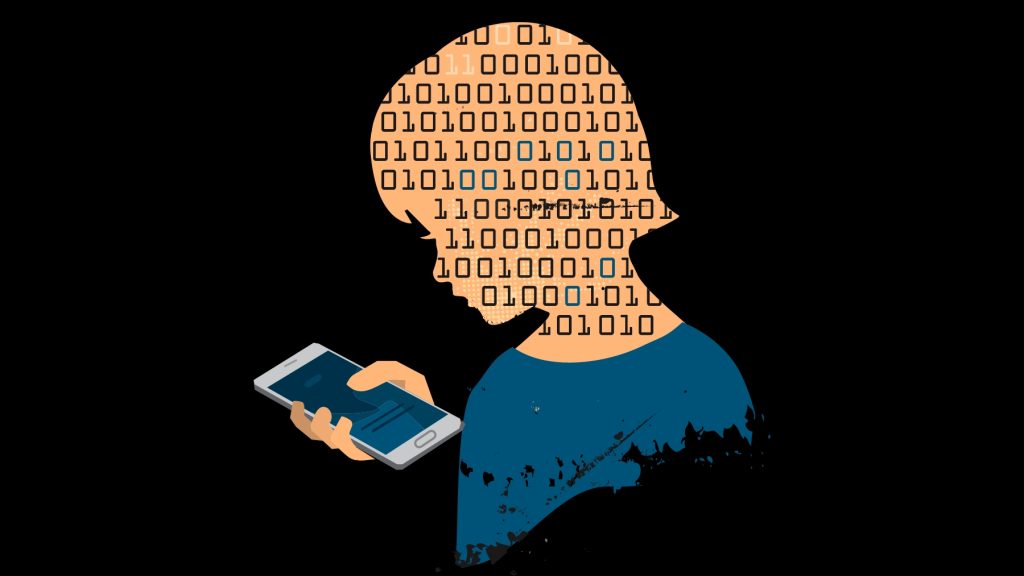
Children receiving YouTube exposure at a young age are facing the consequences of their emotional and behavioral development.
The South Korean Study
A study was conducted in South Korea, since over 90% of children in elementary schools own a smartphone that has service to conduct calls, play games, and watch videos. In previous studies the association of smartphones with children always resulted in higher levels of emotional and behavioral issues. These issues range from external aggression, internalized depression, and loneliness.
Why YouTube?
Young children have a high rate of engagement on YouTube, mainly YouTube shorts. YouTube, the social media platform, is top tier for video sharing. It is said that the platform is children friendly and due to that, an estimate of use of YouTube is said to exceed one billion hours per day and over two billion user views every month.
YouTube usage has been linked to increased anxiety and inhibitory control when it comes to children.
Unlike other social media platforms, like Facebook, Instagram, and X (FKA Twitter), YouTube relies on videos with interactive features which are likes and comments, but they are established on anonymous online interactions. The impact of those interactive features is consumed at younger stages of development.
Why Should We Limit the Use?
By the age of four, over 20% of children have YouTube exposure on a daily basis and 30.3% of children who are between the ages of 8 and 9 are in fact using YouTube.
YouTube’s algorithm plays a major role in the increased use of the platform. The algorithm generates videos based on what the child watches most. This leads to a form of addictive behavior and when wanting to remove the iPad or smartphone, the child begins to throw a tantrum leading to a behavioral issue that most parents want to avoid. The times where the child is not on YouTube creates some sort of frustration leading the child to act aggressively in play areas or the school setting.
Social media platforms in general, and in this case, YouTube exposure is equivalent to cigarettes if compared to grownups. The nicotine regression that adults experience is the same as when a child is not being able to be watching their YouTube videos.
During infancy and early childhood, the brain is highly adaptable, and social media exposure can have lasting impacts on brain development and behavior. The use of technology at a young age leads to more frequent use later on. Early YouTube use is linked to a higher chance of emotional and behavioral issues and similar patterns have been found with smartphone use.
Key Points to Keep with Us
YouTube usage is hinting at higher levels of self-regulation in young users. Another takeaway is that there is an inverse relationship between the duration of YouTube exposure and emotional and behavioral problems, which contrasts with earlier research on smartphones. Such findings highlight the important traits and attitudes children and adolescents need when interacting with digital platforms in today’s tech-driven world.
To parents and caregivers, you can only do yourself a favor when you teach your children how to use social media platforms in a safe manner and limit their time use. This will guarantee you the best of both worlds.
Inside Telecom provides you with an extensive list of content covering all aspects of the tech industry. Keep an eye on our Tech sections to stay informed and up-to-date with our daily articles.